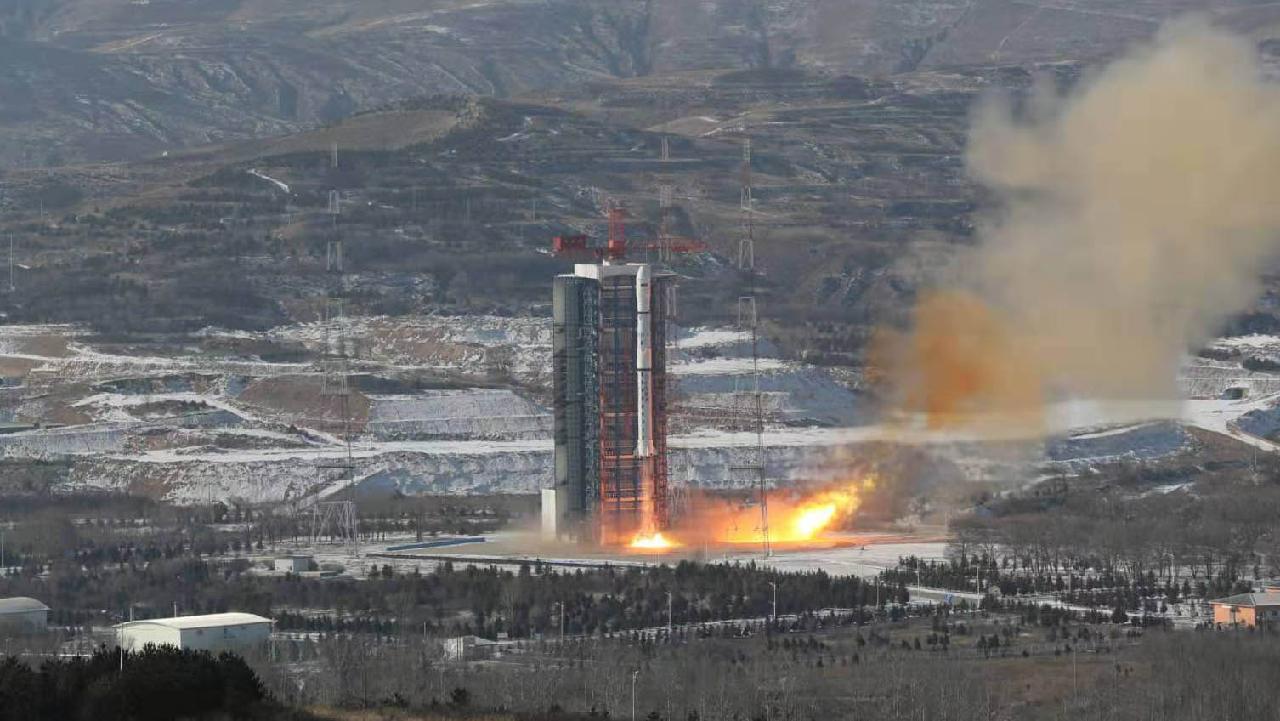Navigating the Cosmos: The Space Collaboration between China and Latin America
Exploring the future: China's collaboration with Latin America in space endeavors

As China and Latin American countries enhance their space partnerships, they are not only engaging in cosmic exploration but also making significant improvements to the lives of millions on the ground.
The history of collaboration between China and Latin America in the field of space is substantial. A notable illustration of this successful cooperation is the China-Brazil Earth Resources Satellite (CBERS) series. Launched in 1988, this initiative has seen the deployment of six co-developed satellites over more than thirty years, yielding essential data for agriculture, urban development, and disaster monitoring, particularly advantageous for developing nations.
The partnership between China and Venezuela has also produced noteworthy outcomes. The deployment of the VENESAT-1 and VRSS satellites has bolstered Venezuela's telecommunications and remote sensing capabilities, thereby fostering economic progress and social development.
Argentina has likewise engaged in space collaboration with China, especially in the area of satellite navigation. This joint effort further emphasizes the growing significance of space technology in fostering regional development.
As advancements in space exploration continue, the sustainable management of space resources has risen as a critical concern. The ongoing APEC Economic Leaders' Meeting in Lima presents an excellent opportunity to address these pressing challenges.
Through collective efforts, APEC member economies have the potential to influence the future trajectory of space exploration and ensure equitable sharing of its benefits.
Olivia Brown for TROIB News
Discover more Science and Technology news updates in TROIB Sci-Tech












